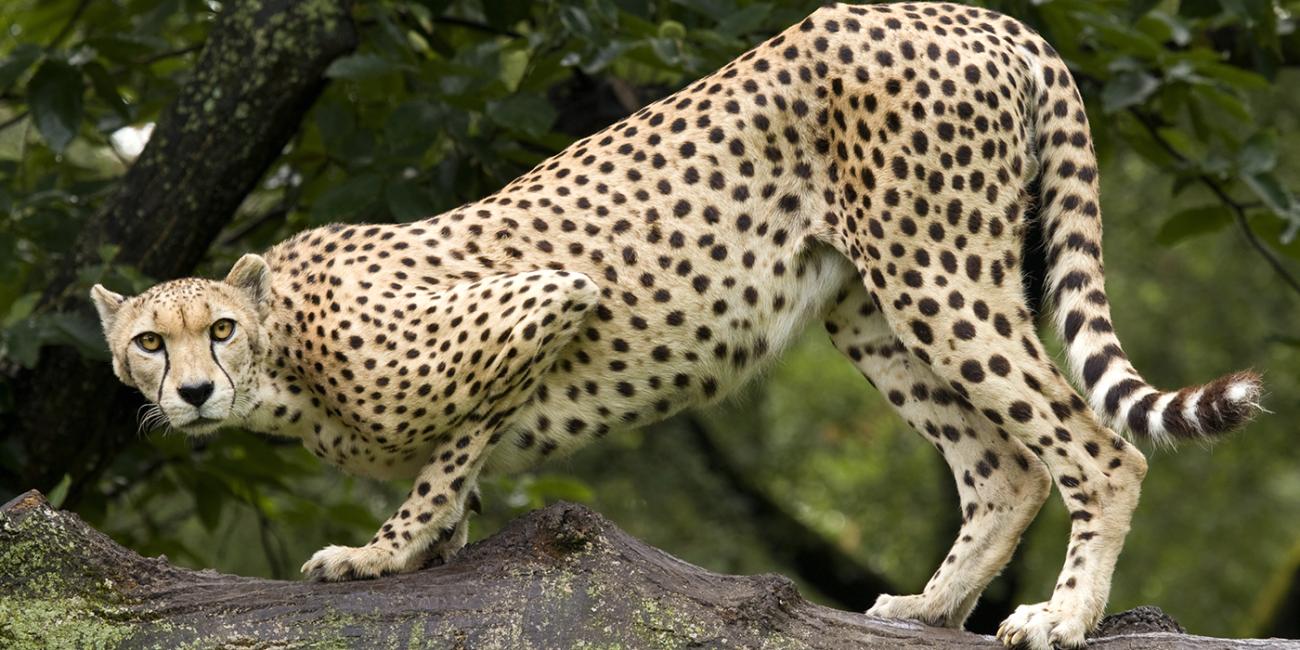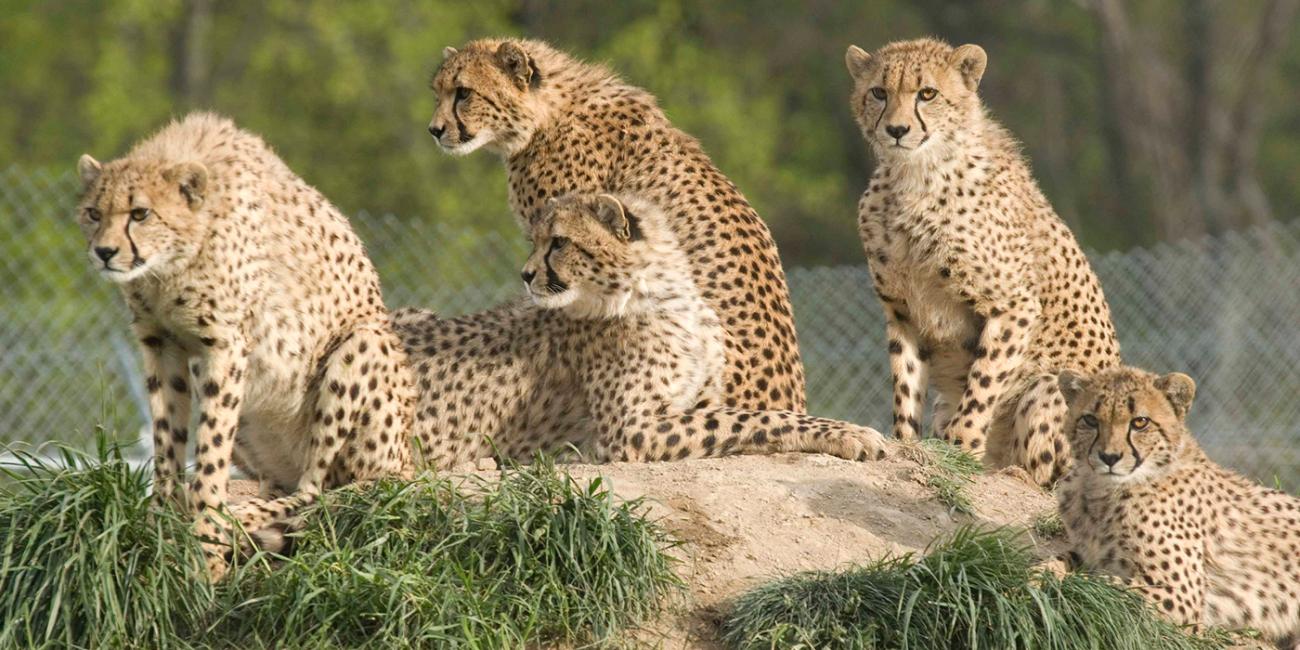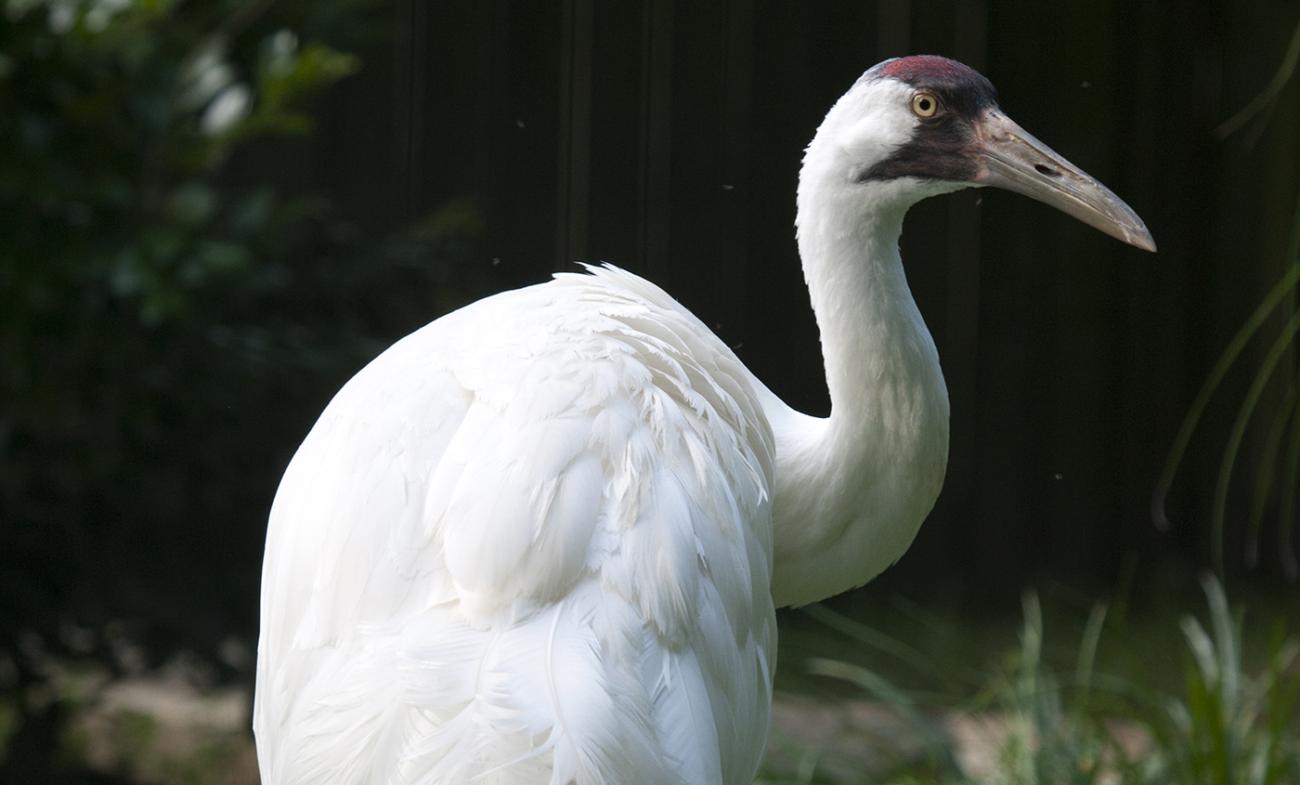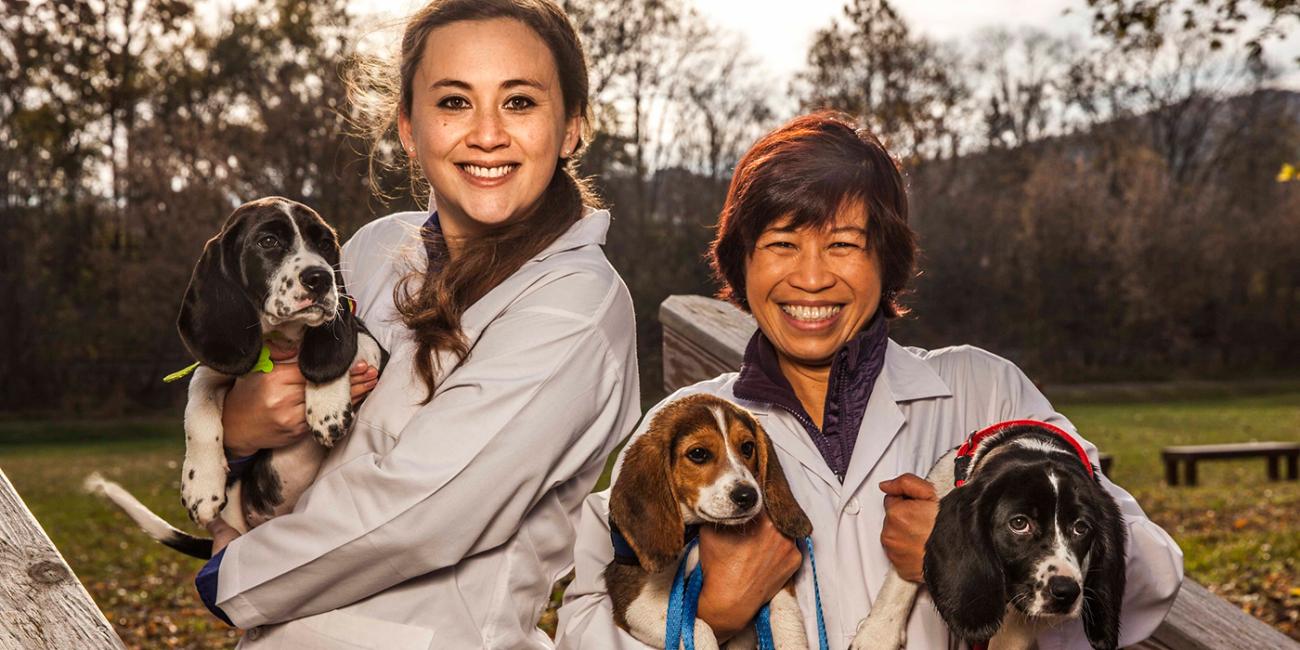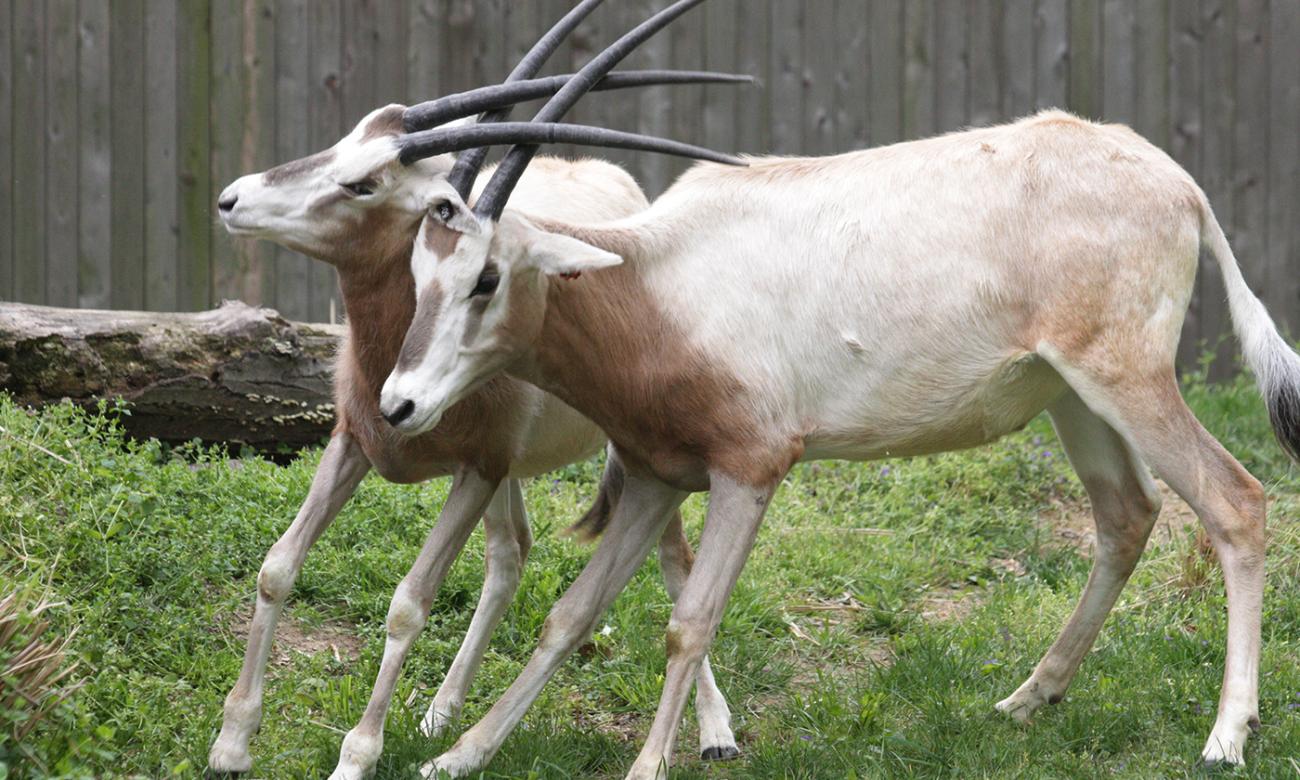Biography
UPDATE: David Wildt passed away on January 15, 2020. His obituary is available here.
David Wildt was a senior scientist emeritus and formerly led the Center for Species Survival team that generates much of what we now know about how many wildlife species reproduce. He also managed the wildlife animal collection at the Smithsonian Conservation and Biology Institute’s 3,200 acre facility near Front Royal, Virginia. He used basic and applied research to create new knowledge that lead to better management and conservation of small populations, especially endangered species. While centered on reproduction, his research efforts connected to genetics, veterinary medicine, behavior, nutrition, ecology and the reintroduction of species to nature. This cross-disciplinary integration through partnerships was fundamental to Wildt’s philosophy.
Wildt described the impact of small populations and inbreeding on sperm form and function, including on free-living cheetahs and lions. He and his team described the biological processes related to reproductive cyclicity, sperm, egg and embryo development in carnivores, especially felids and canids. This information has been used to produce young by assisted breeding technologies. Wildt’s laboratory was the first to produce domestic cat kittens by fertilization, later applied successfully to the tiger. His team conducted the first successful transcontinental shipment of frozen sperm from a threatened species (a wild cheetah in Namibia) to produce a cub by artificial insemination in North America. His laboratory also produced black-footed ferret kits using sperm that had been cryo-banked for 20 years — a milestone that increases gene diversity in the recovering population of this critically endangered species.
